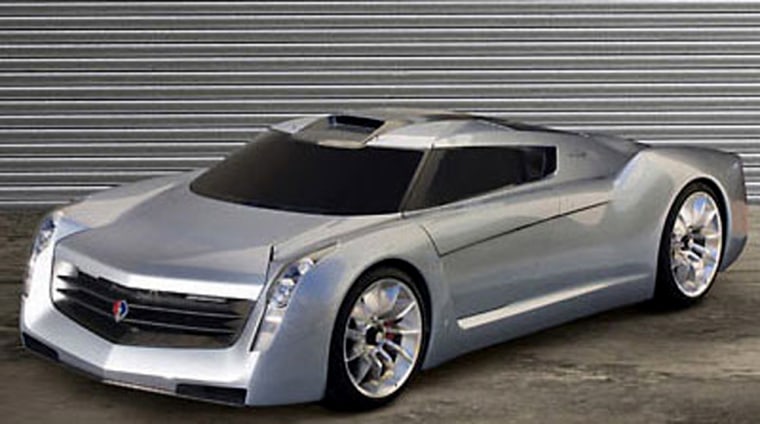Robert Q. Riley Enterprises, a Phoenix-based design company, recently unveiled a "do-it-yourself" kit for building an advanced hybrid car.
For $200, you get the company's construction plans for a three-wheeled sports car called the XR-3. A completed XR-3 will reportedly deliver between 125 and 225 miles per gallon. A three-cylinder diesel engine powers the front wheels and an electric motor run by a lithium-ion battery powers the rear wheel. The driver can switch between battery-only, diesel-only and hybrid driving modes. The DIY kit will be available this May or June.
Riley is just one of several companies offering electric-car conversions. Spend, say, $15,000 to $25,000, and you can have any car you want converted into an electric one thanks to an array of emerging, green technologies carmakers are unveiling.
Take Biodiesel. An alternative to traditional, petroleum-based diesel, it is produced from such organically derived resources as animal fats and vegetable oils, including recycled restaurant oils. And the electric cars that use it are not only alive but thriving. Consider California's $92,000, razor-sharp 2007 Tesla Roadster, which sold out in four months late last year.
Some green car technologies are just getting off the ground. For example, Monaco-based Venturi — the company that builds the $392,000 Fétish electric car — has a new kind of "hybrid" car called the Astrolab prototype.
When we say "hybrid car," we usually think of vehicles that combines conventional, gas-powered engines with the assistance of electric motors. But the 75-mile-per-gallon Astrolab joins solar power and electric power — a pioneering feat, Venturi says.
Who knows if this kind of idea will take off? Some alternative propulsion systems, such as steam-powered vehicles, always have fanatics that back the technology, even though the mechanics never become mainstream.
The emerging, green car technologies that stand the best chance of catching on, experts say, are the ones that combine multiple forms of advanced propulsion systems. For example, " plug-in hybrids" combine hydrogen and battery power.
General Motors introduced a pioneering propulsion system at January's North American International Auto Show in Detroit, in the Chevrolet Volt prototype. The Volt is a battery-powered electric car that uses a traditional engine to create additional electricity. That electricity can come from gasoline, ethanol, diesel or hydrogen.
In an interview at the show, Imre Molnar, dean of Detroit’s College for Creative Studies — a breeding ground for Detroit’s car designers — said that “hybrids are very nice but extremely complex and expensive to manufacture.” The propulsion system, he added, is “a much more elegant, simple solution than the traditional hybrid vehicle that we’ve come to know in the last few years.”
Some scientists agree. The 2006 documentary "Who Killed the Electric Car?" features several who are skeptical about the promise of hydrogen cars. Year after year, they say, we are told that hydrogen cars are right around the corner — but the estimate of when they will go into mass production never seems to change: "10 to 20 years," most automakers say.
If an emerging technology such as hydrogen is to have a great chance of catching on, it will probably have to come paired with an established alternative technology, such as battery power. Or it will have to power conventional, internal-combustion engines.
But with widespread, grassroots support for building your own vehicles that run on anything other than gasoline, the future for many different kinds of emerging, green car technologies is promising.
